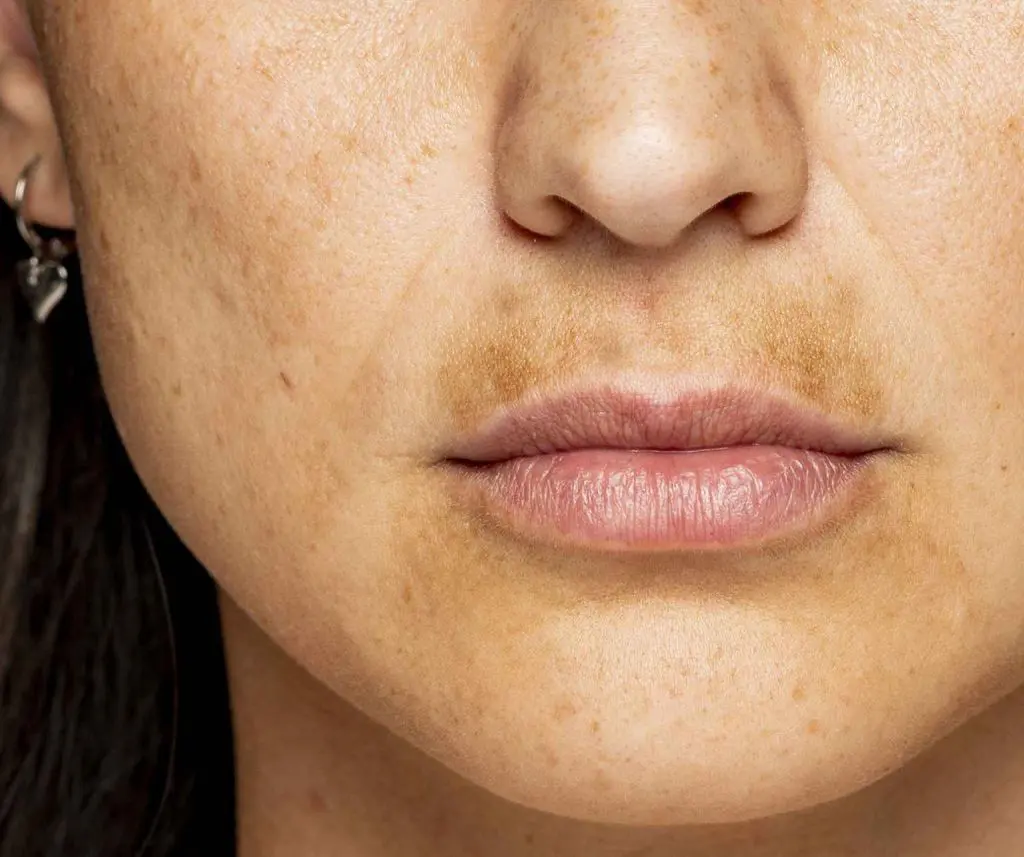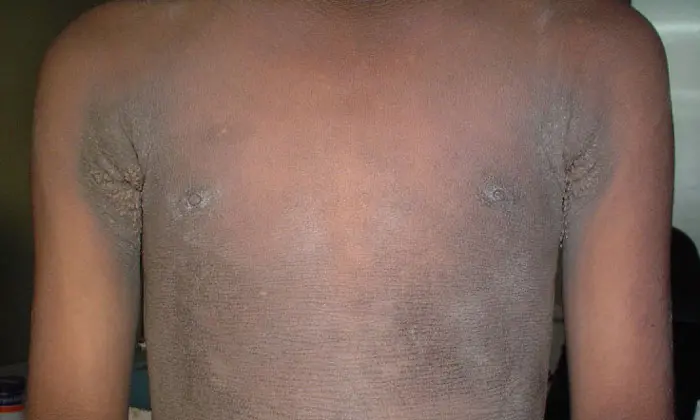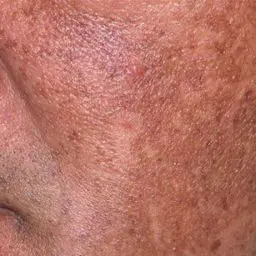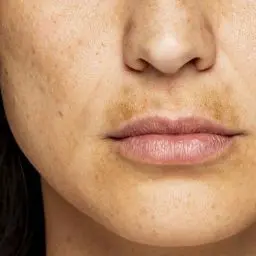What is Melasma and How is it Treated
Best of Both Worlds with Timothy Jochen MD & Anne Marie Johnson
Understanding Melasma
Melasma is a skin condition presenting as brown patches on the face of adults. The most common sites of involvement are the cheeks, bridge of nose, forehead, and upper lip. Melasma occurs mostly in women. Only 10% of those affected are men. Dark-skinned races, particularly Hispanics, Asians, Indians, people from the Middle East, and Northern Africa, tend to have melasma more than others.
Melasma, often referred to as the “mask of pregnancy,” is a common skin condition characterized by brown or gray-brown patches on the face. These patches typically appear on the cheeks, bridge of the nose, forehead, and upper lip. While melasma can affect anyone, it is more prevalent in women, particularly those with darker skin tones. Factors such as hormonal changes, sun exposure, and genetic predisposition contribute to its development.
Effective Treatment Options
Managing melasma effectively often involves a combination of treatments tailored to the individual’s skin type and severity of the condition. Topical depigmenting agents, such as hydroquinone, are commonly prescribed to lighten affected areas. In some cases, chemical peels or laser therapies may be recommended to enhance results. It’s important to note that while these treatments can improve the appearance of melasma, strict sun protection measures are crucial to prevent recurrence.
Personalized Care at Contour Dermatology
At Contour Dermatology, we offer personalized treatment plans for melasma, utilizing advanced techniques and products to achieve optimal outcomes. Our approach includes comprehensive skin assessments, customized skincare regimens, and ongoing monitoring to ensure the best possible results for our patients. By addressing both the underlying causes and visible manifestations of melasma, we strive to restore a clear and even complexion.



























